🌿🐾 Wildlife Stewardship Guide 🦉🐋 - AI-Powered Conservation Support
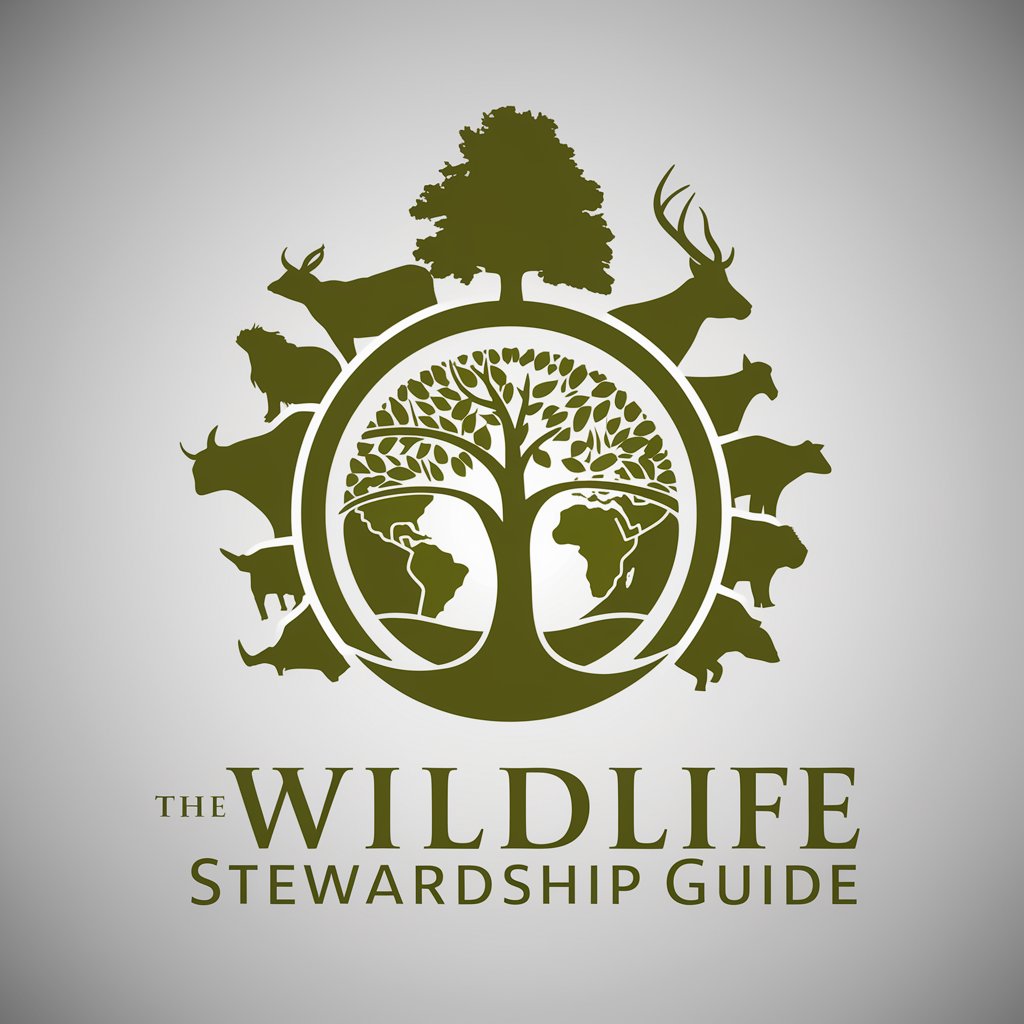
Welcome! Ready to embark on your wildlife conservation journey?
Empowering conservation with AI
How can I develop an effective wildlife conservation strategy?
What are the best practices for organizing a community wildlife awareness campaign?
Can you provide insights into the latest wildlife conservation policies?
What technologies can I use for field research in wildlife conservation?
Get Embed Code
Overview of Wildlife Stewardship Guide
The Wildlife Stewardship Guide is designed to assist users in managing and coordinating wildlife conservation projects, offering a comprehensive suite of tools and resources. This guide is built to provide support in project management, data analysis, and educational resources to aid in the formulation of conservation strategies. It serves as a platform for sharing insights into ecological data, designing awareness campaigns, and suggesting appropriate technologies for field research. Through offering information on the latest conservation policies, assisting with grant writing, and facilitating collaboration between conservation stakeholders, it aims to enhance the effectiveness of conservation efforts. Powered by ChatGPT-4o。

Core Functions of Wildlife Stewardship Guide
Project Management Guidance
Example
Assisting in the development of project timelines and resource allocation for a new conservation area.
Scenario
A conservation organization is planning to establish a new protected area and needs help organizing the project from inception to completion.
Ecological Data Analysis
Example
Analyzing data from camera traps to understand wildlife movement patterns.
Scenario
Researchers are studying the migration patterns of a specific species and require assistance in interpreting the vast amount of data collected from field sensors.
Educational Resources Provision
Example
Creating and distributing educational materials on the importance of biodiversity.
Scenario
Schools and community groups seeking to educate their members about local wildlife and conservation efforts.
Conservation Strategy Formulation
Example
Offering insights into effective strategies for habitat restoration and species protection.
Scenario
A local community wants to restore a nearby wetland and needs guidance on the most effective approaches to take.
Awareness Campaign Design
Example
Helping to design and implement public awareness campaigns on endangered species.
Scenario
A non-profit organization aims to raise awareness about the threats to a local endangered species and seeks creative ways to engage the public.
Technology Suggestions for Field Research
Example
Recommending the latest technology for monitoring wildlife health and activity.
Scenario
Wildlife researchers need advice on the most effective and non-invasive technologies to monitor a newly discovered species.
Conservation Policy Information
Example
Providing updates on new legislation affecting wildlife protection and habitat conservation.
Scenario
Conservationists need to stay informed about legal changes to ensure their projects comply with the latest regulations.
Grant Writing Assistance
Example
Guiding users through the process of applying for funding to support conservation projects.
Scenario
A start-up conservation group is looking for funding opportunities and needs help crafting compelling grant applications.
Collaboration Facilitation
Example
Creating platforms for stakeholders to share knowledge and resources.
Scenario
Different conservation groups working in the same region seek to pool their resources and knowledge for greater impact.
Target User Groups of Wildlife Stewardship Guide
Conservation Organizations
Non-profits and NGOs focused on wildlife conservation that require comprehensive support in project management, strategy formulation, and public engagement.
Research and Academic Institutions
Universities and research centers conducting wildlife studies and conservation science that benefit from data analysis tools and educational resources.
Environmental Educators and Community Groups
Educators and local community groups looking for resources to raise awareness and educate about conservation issues and solutions.
Conservation Policymakers and Advocates
Individuals or groups involved in the legislative process or advocacy work who need up-to-date information on conservation policies and effective lobbying strategies.
Wildlife Enthusiasts and Volunteers
General public interested in participating in conservation efforts, needing guidance on how to contribute effectively.

How to Utilize the Wildlife Stewardship Guide
Begin your journey
Initiate your wildlife conservation efforts by visiting a platform that offers a trial of the Wildlife Stewardship Guide without the need for a subscription or creating an account.
Identify your needs
Consider what aspects of wildlife conservation or project management you need assistance with, such as data analysis, grant writing, or campaign strategies.
Engage with the guide
Utilize the guide's capabilities to ask specific questions related to your conservation project, seeking advice on strategies, policies, or educational resources.
Apply insights
Implement the guidance and solutions provided by the guide in your conservation efforts, applying best practices and innovative approaches to enhance your project's impact.
Collaborate and feedback
Use the platform to collaborate with stakeholders and provide feedback on the guide's effectiveness, helping to refine and improve its assistance for future conservation efforts.
Try other advanced and practical GPTs
🔬Subatomic Sleuth Explorer👨🔬
Unlocking the mysteries of the quantum world.
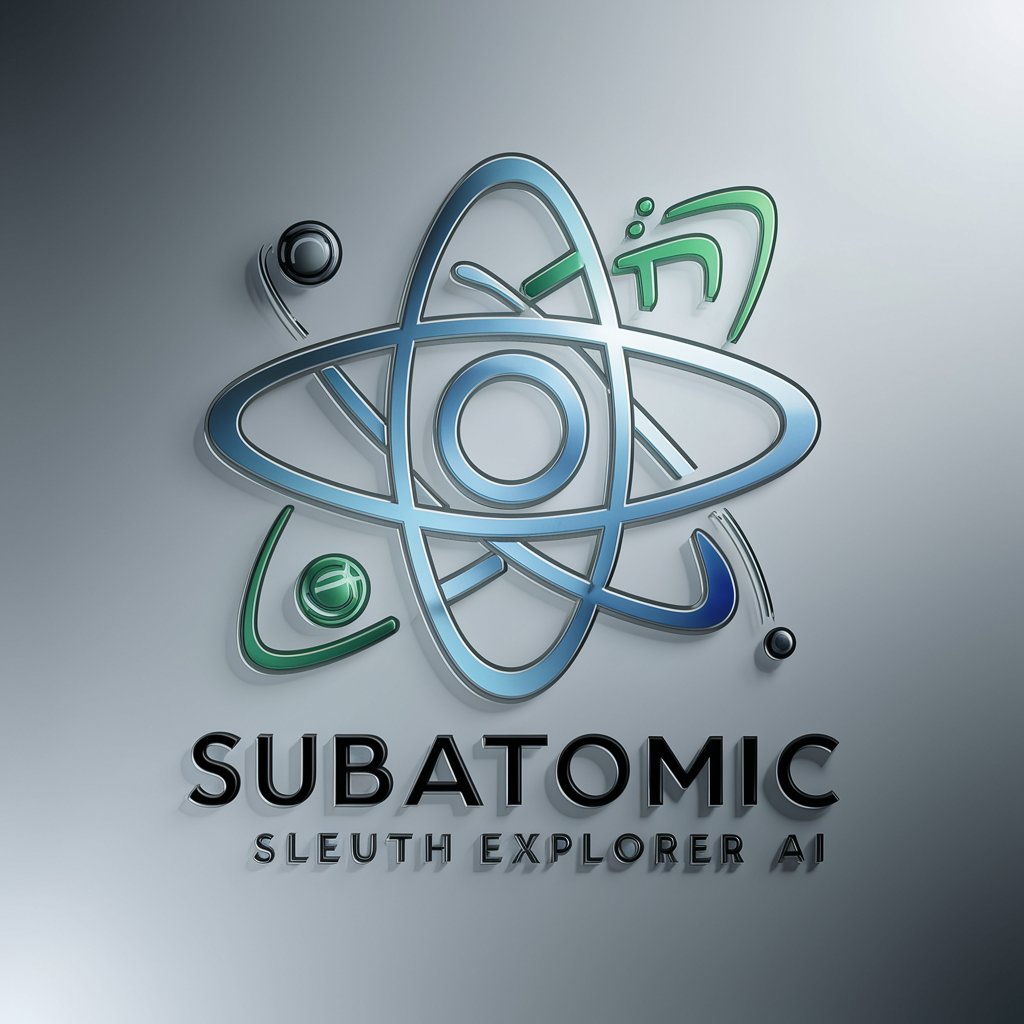
🔬✨ MicrobeMapper: Culture Analyst
AI-powered Microbial Insight at Your Fingertips
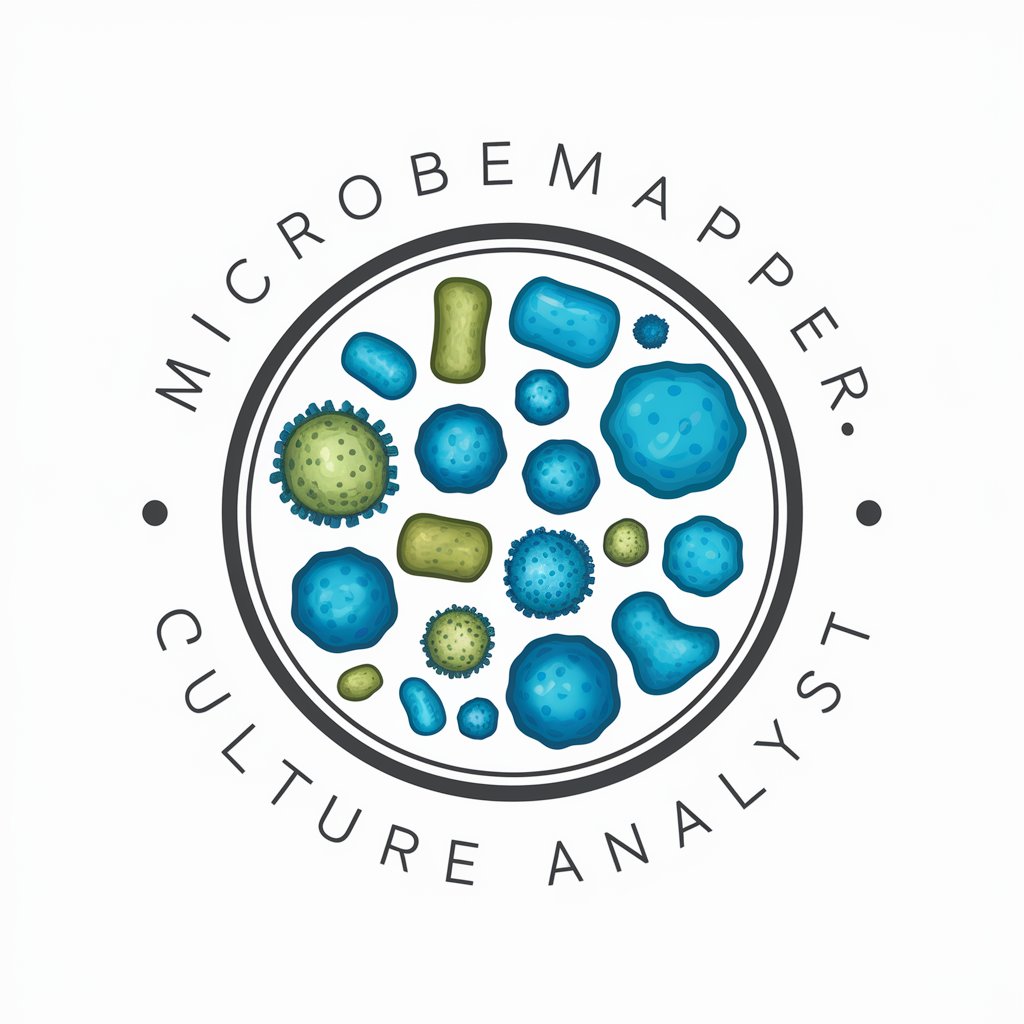
🦁🌍 ZoologyZone Tracker 🐾🔍
Unlock Nature's Secrets with AI
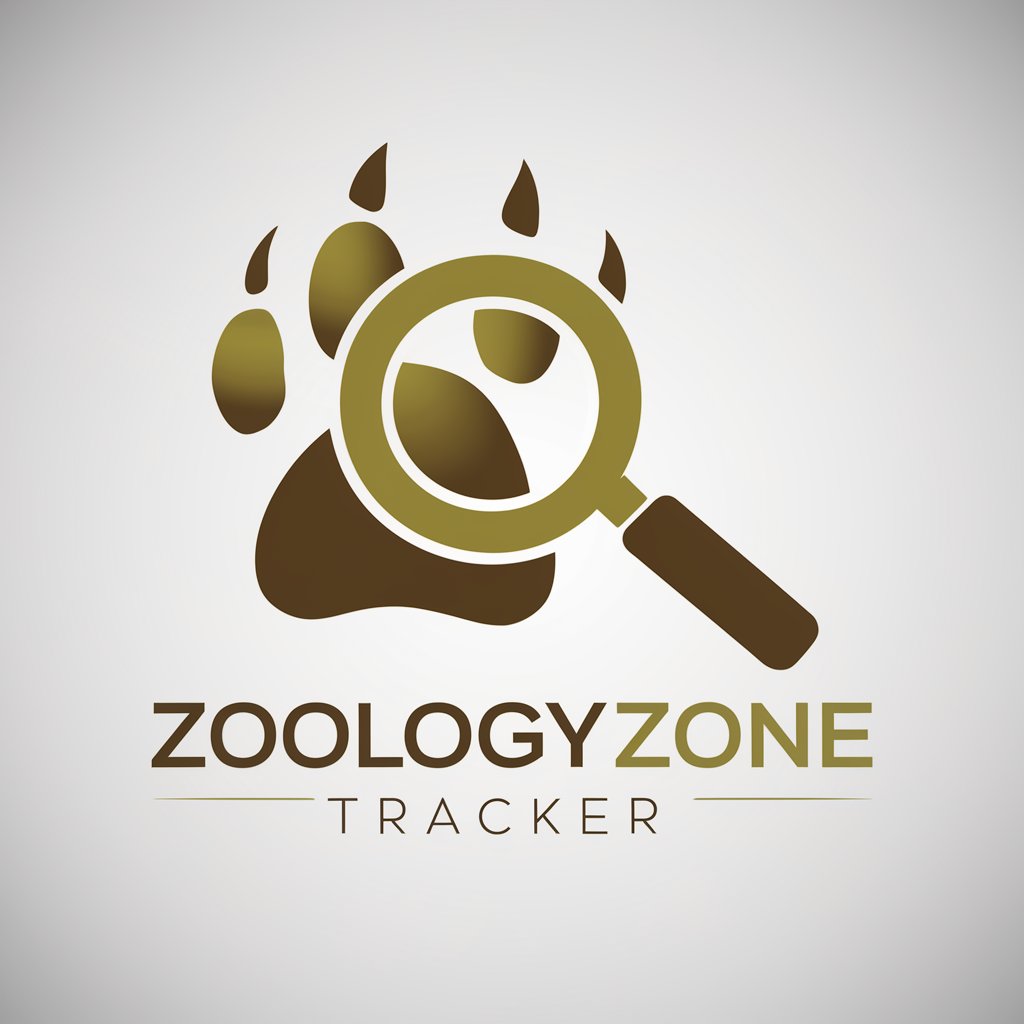
🌞 SolarSolver Pro Energy Lab 🔋
Powering Your Solar Projects with AI

🌐👥 EthnoEngine for Study Management
Streamlining Research with AI
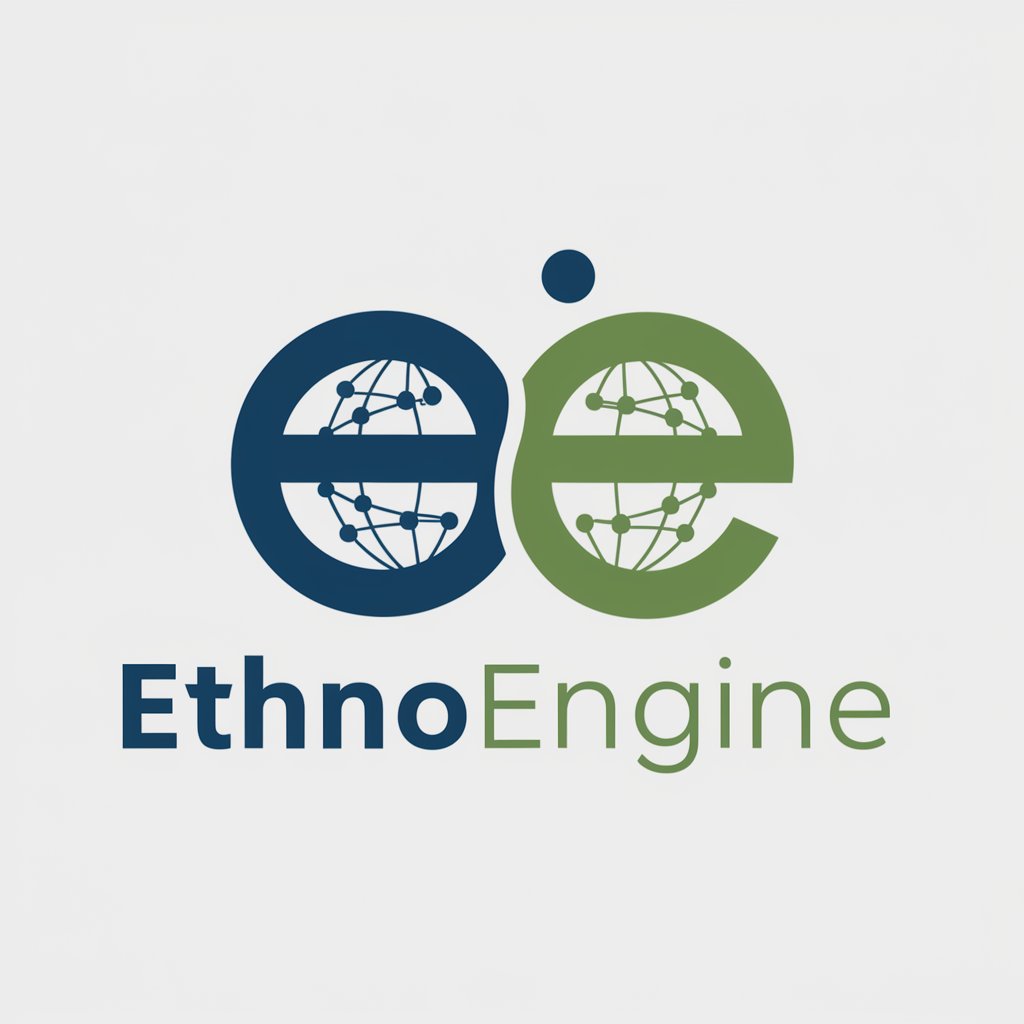
🔊🐾 EcoAcoustic Analyst Pro 🍃🎙️
Decipher Nature's Codes with AI
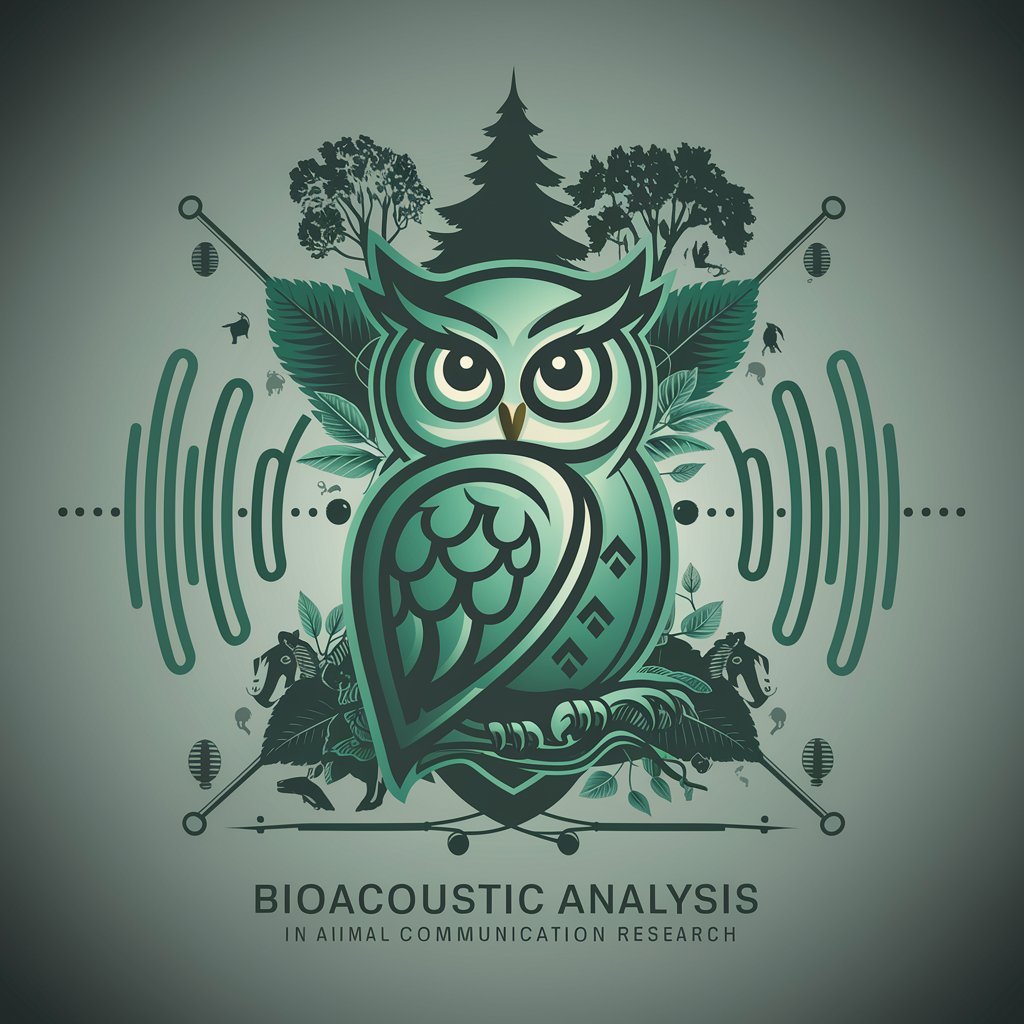
🧠 CognitiveCompanion Experimentor🔬
Empower Research with AI
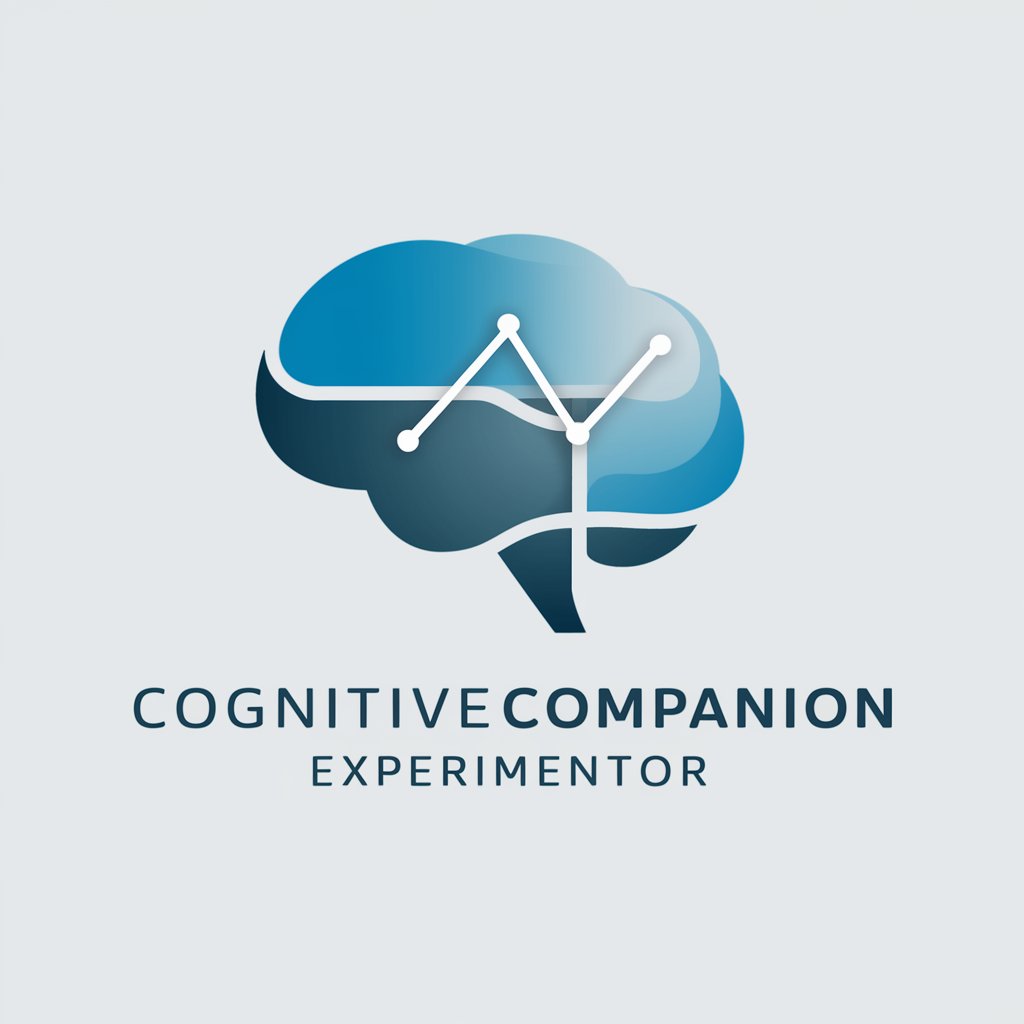
🌐🗺️ GeoGrapher Expert Navigator
Mapping the Future with AI
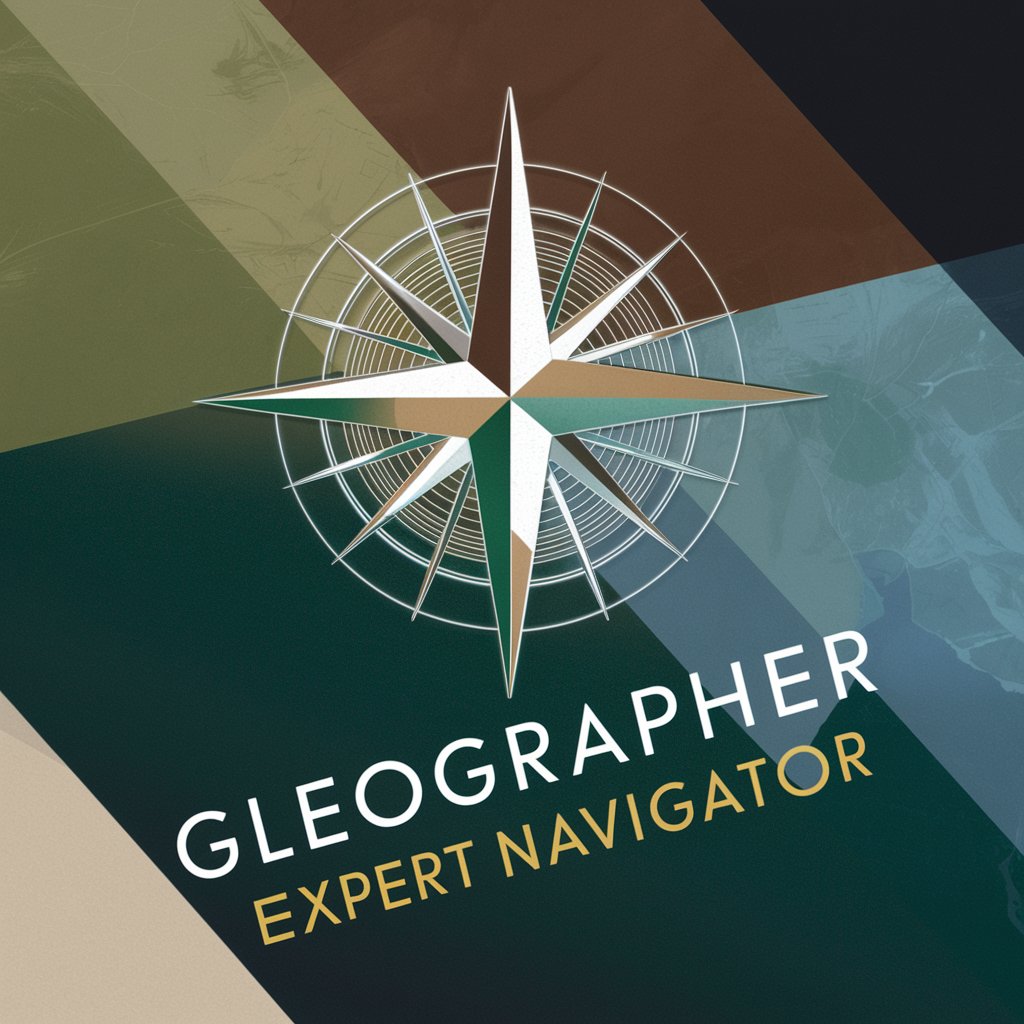
🔬🍏 NutriNet Science Researcher 📊
Empowering Nutrition Science with AI
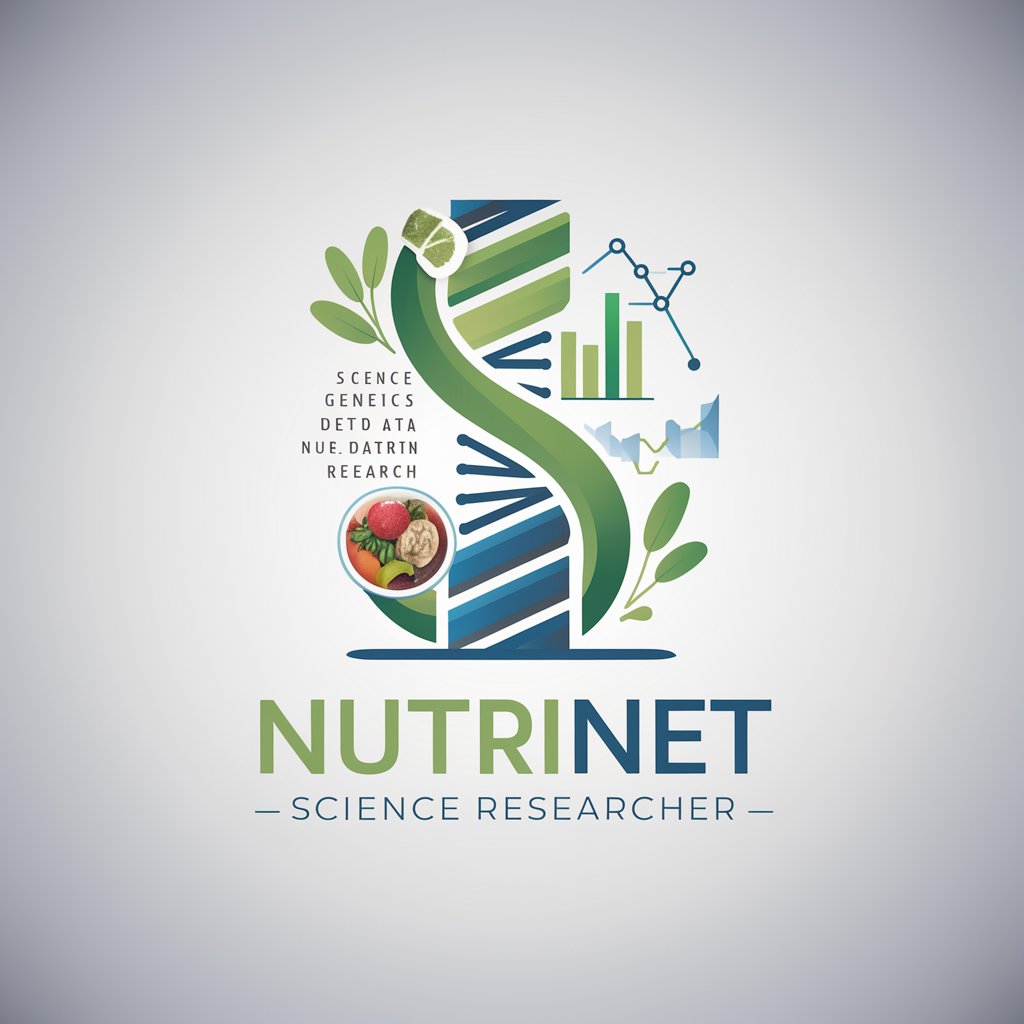
🔍📈 TechTrendTracker
Stay Ahead with AI-Driven Tech Insights

🌐📊 Global Demography Dashboard
Visualizing Global Demographics with AI

🦮 GoldenGuide for Golden Retriever Care 🐾
Empowering Golden Retriever owners with AI-driven insights.
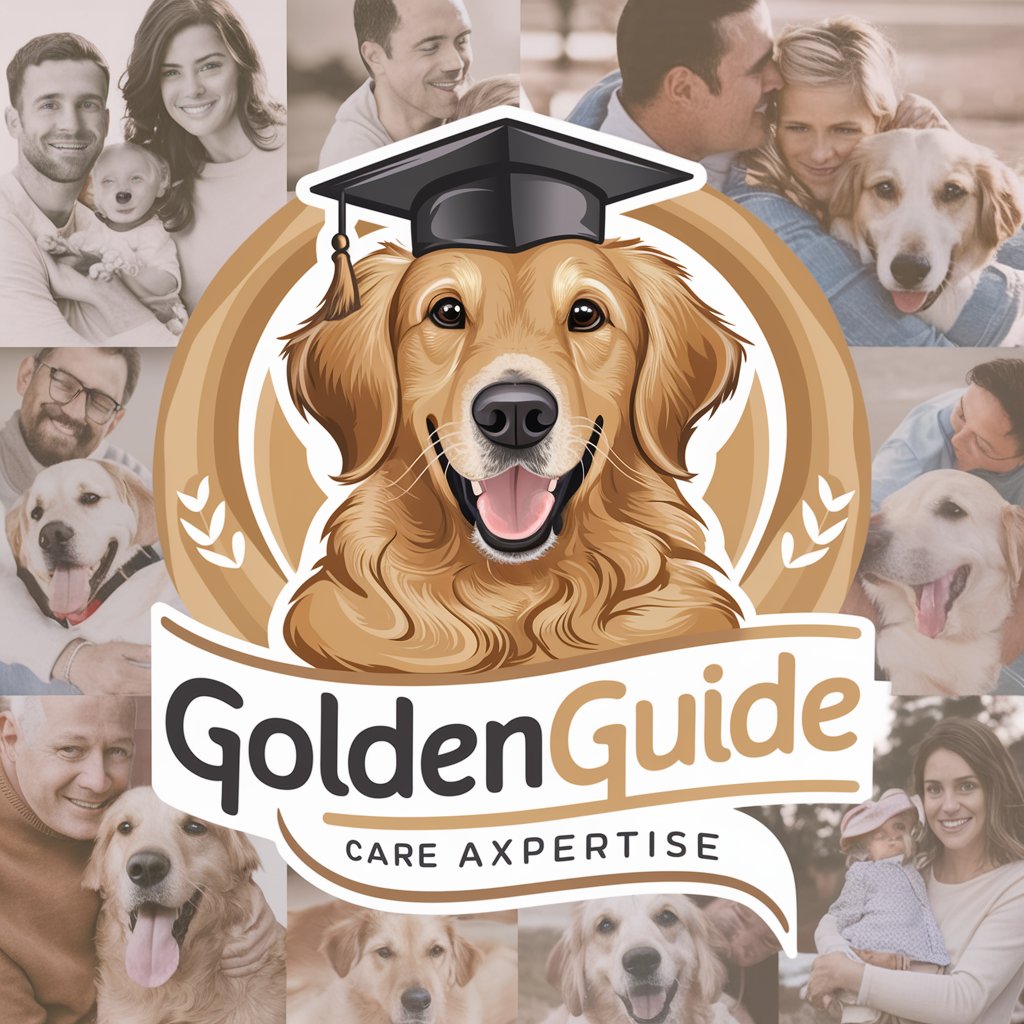
Frequently Asked Questions about the Wildlife Stewardship Guide
What is the Wildlife Stewardship Guide?
The Wildlife Stewardship Guide is an AI-powered tool designed to assist in managing and coordinating wildlife conservation projects, offering support through project management guidance, ecological data analysis, and educational resources.
How can the guide help in designing awareness campaigns?
It provides insights into effective messaging, audience targeting, and multimedia resources, helping to create impactful campaigns that raise awareness about wildlife conservation issues.
Can the guide assist with grant writing for conservation projects?
Yes, it offers guidance on identifying funding opportunities, crafting compelling applications, and articulating project goals and impacts, increasing the chances of securing funding.
Is the guide useful for academic research in wildlife conservation?
Absolutely, it can help researchers access relevant ecological data, understand current conservation policies, and find collaboration opportunities, enriching their academic work.
How does the guide facilitate collaboration between conservation stakeholders?
By providing a platform for sharing project insights, strategies, and successes, the guide helps build a community of conservationists, researchers, and policy-makers, fostering collaborative efforts.
